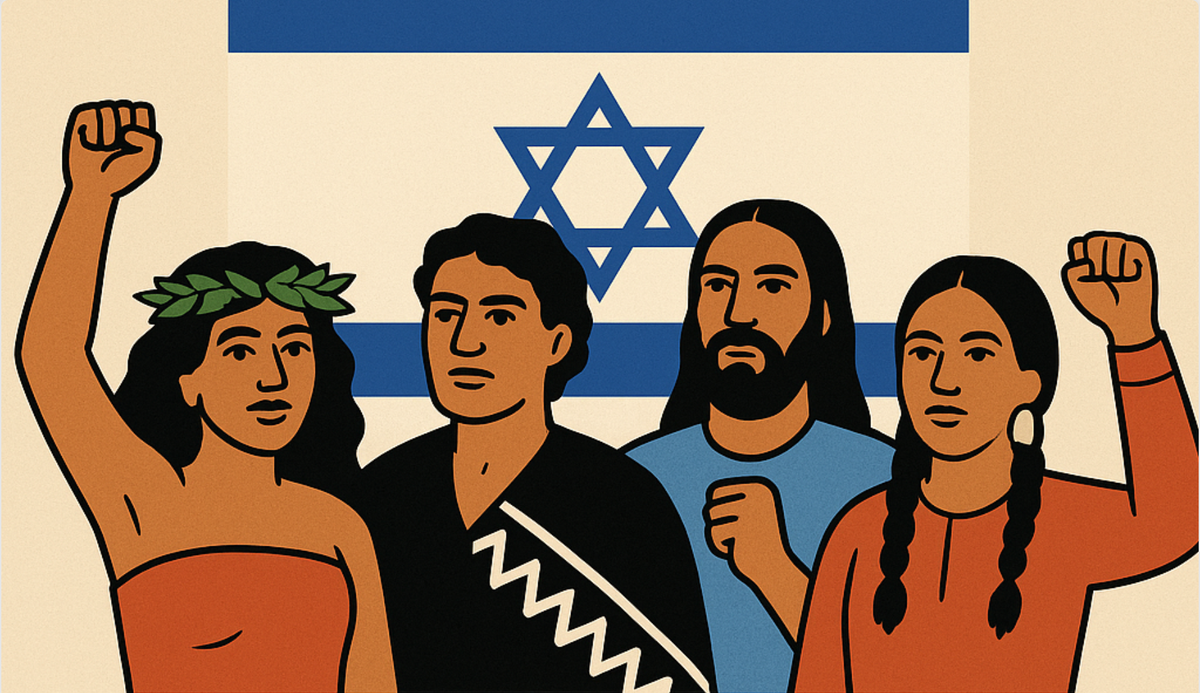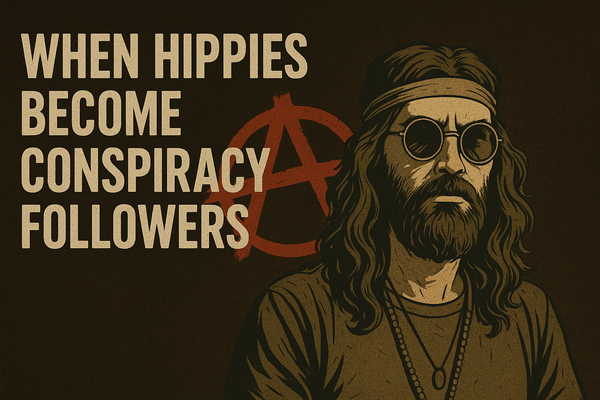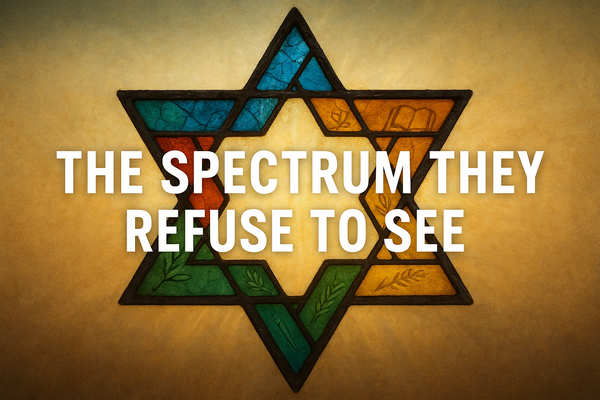Israel as Decolonization: A Playbook for Indigenous Peoples (Including Hawaiians, Māori, Lakota, and Beyond)

Introduction
The quest for self-determination unites many indigenous and colonized peoples around the world. From the re-establishment of Israel in 1948 to ongoing movements in Hawai‘i, Aotearoa (Māori New Zealand), the Lakota Nation, and beyond, communities have sought to reclaim sovereignty after periods of colonization. This report uses Israel’s historical arc – from British Mandate to independent statehood – as a comparative lens to understand indigenous struggles elsewhere. By examining political structures, cultural revival, legal frameworks, settler demographics, and resistance strategies, we can identify convergences, divergences, and practical lessons. The goal is to inform and inspire Hawaiian and other indigenous audiences in their decolonial education and strategic thinking, drawing historical analogies that illuminate paths forward.
(Below, a comparative table provides a quick-reference summary of key elements across these cases. Detailed analysis in each section follows.)
Comparative Overview of Israel, Hawai‘i, Aotearoa, and Lakota Nation
|
Aspect |
Israel (Jewish Statehood) |
Hawai‘i (Kanaka Maoli) |
Aotearoa (Māori N.Z.) |
Lakota Nation (Sioux) |
|---|---|---|---|---|
|
Colonial Context |
British Mandate Palestine (1920–1948) . |
Hawaiian Kingdom overthrown by U.S.-backed coup (1893) ; U.S. annexation (1898) . |
Treaty of Waitangi with Britain (1840); NZ colonized by settlers thereafter . |
Fort Laramie Treaties with U.S. (1851, 1868) later violated ; Plains colonized by U.S. settlers. |
|
Political Status Achieved/Proposed |
Independent nation-state (1948) with parliamentary democracy ; defined as Jewish homeland (Law of Return for Jewish diaspora) . |
U.S. state (since 1959) – sovereignty movement seeks full independence (restoration of Hawaiian nation), not just tribal autonomy . |
Integrated state (no separate Māori state); Māori share in NZ governance via Treaty-based rights (e.g. reserved parliament seats, co-governance) . |
Tribal self-governance on reservations under U.S. federal oversight; some activists declared an independent Republic of Lakotah (2007) claiming sovereignty under treaty law . |
|
Cultural/Language Revival |
Hebrew revived from liturgical use to national language – the only fully successful language revival , unifying diverse Jewish communities. Strong cultural revival (Hebrew education, new Israeli identity). |
Hawaiian language (ʻŌlelo Hawaiʻi) nearly erased by 1980s, now revitalized via immersion schools and official status . Renaissance in hula, navigation, and other cultural practices since 1970s. |
Te Reo Māori revitalization since 1980s (language nests, schools); now an official language. Māori cultural renaissance (haka, arts, media) has grown pride and identity. |
Lakota language endangered (few thousand speakers); community programs for immersion and teaching persist. Lakota cultural practices (e.g. Sun Dance, ceremonies) revived post-ban. |
|
Legal Frameworks & Recognition |
International: Balfour Declaration (1917) & League Mandate endorsed a “Jewish national home” . UN Partition Plan 1947 recommended Jewish and Arab states . Declared independence in 1948, quickly recognized by major powers . Admitted to UN 1949. Ongoing disputes over Palestinian self-determination (unresolved decolonization). |
International: Hawaiian Kingdom was globally recognized by treaty (1843) . U.S. annexation lacked a cession treaty, making Hawai‘i an occupied state in sovereignty activists’ view . U.S. apologized in 1993 for the illegal overthrow but offers no restoration. Efforts ongoing to invoke UN decolonization processes or the UN Declaration on the Rights of Indigenous Peoples (UNDRIP) for recognition. |
Treaty of Waitangi (1840): Māori did not intend to cede sovereignty (Māori text guarantees tino rangatiratanga or chieftainship) . In NZ law, Treaty “principles” are acknowledged, but Crown retains sovereignty . Modern legal framework: Waitangi Tribunal addresses breaches, leading to settlements (land/cash reparations) but no independent Māori state. NZ endorsed UNDRIP with commitment to indigenous rights (short of self-government). |
Treaties with U.S. recognized Sioux sovereignty over vast lands (1868) but were broken . U.S. Supreme Court (1980) admitted the Black Hills were taken illegally and offered compensation – Lakota refused money, insisting on land return . Under U.S. law, tribes have limited domestic sovereignty; internationally, activists cite treaty and human rights law to claim independence (with no official recognition to date). |
|
Settler Population & Demographics |
Jewish in-migration (Aliyah) under British rule and after WWII; by 1948 formed majority in Israel. ~750,000 Palestinians were displaced in 1948 Nakba and denied return, cementing a new demographic reality. Israel today ~75% Jewish. Debate over “settler-colonial” label exists due to ancient Jewish ties vs. displacement of indigenous Arabs . |
Native Hawaiians (Kanaka Maoli) now ~20% of Hawai‘i’s population after demographic collapse and mass immigration. Large settler communities (U.S. mainland transplants, Asian labor immigrants’ descendants) dominate land and economy. The U.S. military presence (118 bases on Oʻahu alone) holds 26% of Oʻahu land , entrenching settlers. Sovereignty movement emphasizes inclusion and land restitution over expelling non-natives (aloha-based coexistence). |
Māori are ~17% of New Zealand’s population (having rebounded from ~5% at a 19th-century low). Pākehā (European settlers) remain the majority. Colonial settlement appropriated most Māori land, but Māori persisted rather than being replaced . Modern discourse centers on power-sharing and “land back” (return of some lands or co-management) rather than repatriating settlers. Reconciliation efforts (formal apologies, settlements) aim for coexistence. |
Lakota and other Sioux are minorities in their ancestral territory (e.g. ~8% of South Dakota’s population) after settlers flooded the Great Plains. Most land passed to non-Native ranchers, miners, towns. The Lakota insist on sacred lands’ return (e.g. Black Hills) but do not seek removal of all settlers – their 2007 declaration even stated they hold “no animosity” toward American people and prefer negotiated coexistence . However, they assert a right to reclaim sovereignty over traditional lands. |
|
Resistance & Sovereignty Strategies |
Military & Diplomatic: Jewish paramilitary organizations (Haganah, Irgun, etc.) confronted British rule and Arab forces, culminating in the 1948 war for independence . Diplomatic lobbying (Zionist Congress, U.S. and UN appeals) secured international support for statehood . Diaspora mobilization provided funding and political influence. The result was a new state, though conflict with the displaced indigenous Palestinian population continues. |
Grassroots & Legal: Hawaiians resisted annexation with mass petitions (Ku‘e 1897) and a failed armed uprising (1895) . 20th-century resistance re-emerged with the Hawaiian Renaissance – cultural revival fueling political activism. Nonviolent direct actions have been key: e.g. occupation of Kahoʻolawe to stop military bombings (1970s) , and ongoing protectors’ blockades of Mauna Kea (2010s). Sovereignty groups debate strategy: pursuing UN recognition or re-inscription as a non-self-governing territory vs. strictly grassroots decolonization . To date, Hawai‘i’s movement has been largely peaceful and diplomatic, framing arguments in U.S. and international law, and building global solidarity (notably with other Indigenous and Pacific peoples). |
Armed & Political: Māori resistance in the 19th century included armed conflict (the New Zealand Wars). A unique example of nonviolent resistance was at Parihaka (1880s), where villagers used passive resistance against land seizure. In the late 20th century, Māori launched protest marches and land occupations (e.g. the 1977 Bastion Point occupation) to demand land rights. These grassroots actions, coupled with formation of Māori political parties and legal challenges, forced the government to address Treaty breaches. Progress has been incremental – via negotiations, tribunal rulings, and occasional concessions – rather than full sovereignty. Māori strategies show the power of persistent protest and legal advocacy in a democracy, achieving reparative justice without war. |
Warrior & Activist: The Lakota famously fought U.S. expansion (Red Cloud’s War 1868, victory at Little Bighorn 1876) until overwhelming force prevailed. In modern times, the American Indian Movement (AIM) galvanized resistance: the 1973 armed occupation of Wounded Knee drew global attention to treaty rights. Since then, tactics include legal battles (leading to the 1980 Supreme Court win ), international advocacy (Lakota leaders addressed the U.N. in 1977), and direct action protests – for example, the Standing Rock “Water Protector” standoff (2016) against an oil pipeline echoed the defense of sacred land . The 2007 sovereignty declaration by some Lakota was a diplomatic bid to exit treaties, though without U.S. agreement it remains symbolic. Overall, the Lakota blend proud warrior legacy with modern protest and courtroom litigation, exemplifying resistance on all fronts. |
(Sources for the above table are provided in the detailed sections below.)
Thesis
Israel’s re-establishment in 1948 can be read as one of the most successful decolonization projects of the modern era: an indigenous people, long dispersed and disenfranchised under imperial structures, rebuilt sovereignty on ancestral land through language revival, institution-building, and international legitimation. The case offers concrete, transferable lessons for other indigenous movements—Hawaiian, Māori, Lakota, and beyond—seeking durable self-determination.
Context: From Empire to Self-Rule
Under the British Mandate, Zionist leaders built proto-institutions (the Jewish Agency, representative assemblies) and pursued an international path to end imperial rule. The UN Partition Plan (GA Res. 181) explicitly recommended two successor states—one Jewish, one Arab. Upon Britain’s exit, Israel declared independence and rapidly gained recognition, converting imperial retreat into indigenous self-government.
WWII and the Global Displacement Frame
Decolonization after WWII unfolded amid unprecedented refugee turbulence. Europe saw the largest population transfers in its history, including 12–14.6 million Germans expelled from Eastern and Central Europe. Simultaneously, over a million Jews fled or were pushed from Arab and Muslim countries in the decades after 1948, shrinking those communities from ~800k to just thousands today. Israel’s Law of Return (1950) operationalized refuge and re-indigenization by granting immediate entry and citizenship to Jews worldwide. This wider postwar context matters: Israel’s population policy was not an anomaly but part of a global pattern of post-imperial demographic realignment.
Indigeneity Through Language and Culture
Hebrew’s full revival—from liturgical use to a modern national language—reunified a dispersed people and grounded sovereignty in indigenous culture. Language revival anchored public education, legal discourse, and civic identity; it’s the only fully successful “sleeping-to-spoken” revival on record, a strategic pillar other nations can emulate.
For Hawaiians, the ʻŌlelo Hawaiʻi immersion movement demonstrates similar power; for Māori, the Te Reo language nests revitalized speech once nearly extinct; for the Lakota and other Native nations, immersion schools and ceremonial revivals keep cultural sovereignty alive despite systemic obstacles.
Citizenship, Pluralism, and Non-Expulsion
A critical nuance: Arabs who did not join the 1948 war effort, or who remained, became citizens and their descendants live in Israel today. Arab citizens comprise just over 20% of the country, with full formal citizenship status (alongside persistent equity debates). This coexistence—flawed but real—undercuts the simplistic claim that Israel “replaced” all prior inhabitants.
For comparison, in Hawai‘i today, settlers remain the majority, but sovereignty advocates envision a nation inclusive of residents under Hawaiian law. In New Zealand, Māori assert co-governance rather than removal of settlers. Lakota leaders emphasize land return and sovereignty rather than expelling Americans from the Plains. Across cases, inclusion of non-natives under indigenous governance has been central to pragmatic decolonization.
The Hard Part: Dual Displacements
Acknowledging Palestinian dispossession is necessary for intellectual honesty. Roughly 700k–750k Palestinians fled or were expelled in 1948, a trauma that still shapes the conflict. But note the symmetry history imposed on the region: while many Palestinians lost homes in the new Israel, nearly all Jews lost homes in Arab states in parallel years, and hundreds of thousands of postwar Europeans were uprooted by de-imperial boundary shifts. Any fair decolonization analysis must hold both truths at once.
Other indigenous peoples also grapple with dual or layered displacements: Hawaiians with both the loss of sovereignty and mass outmigration due to high costs of living; Māori with land confiscations and forced assimilation in schools; Lakota with broken treaties and diaspora in urban centers. Each case shows that sovereignty struggles intertwine with population shifts and systemic dislocation.
Why This Qualifies as Decolonization
- Termination of imperial rule: British mandate dissolved into successor sovereignty rather than extended occupation.
- Reassertion of an indigenous polity: a people with continuous civilizational ties to the land regained statehood, reinforced by revived language and institutions.
- Repatriation without general expulsion of non-combatant minorities: Arab citizens who remained gained citizenship; pluralism became an enduring feature.
- Diaspora return as remedy to statelessness: Law of Return converted vulnerability into political agency.
Transferable Lessons for Indigenous Movements
1) Build Institutions Before Recognition
Israel’s proto-state capacity let leaders pivot the instant the empire receded. For Hawaiians: continue developing unified governance (constitutional frameworks, land trusts, civil services). For Māori: strengthen iwi economic and political councils. For Lakota: consolidate treaty councils as national-level governance.
2) Anchor in Language Revival
Language is political infrastructure. Israel proved revival at scale is possible. Hawaiians, Māori, and Lakota can draw power from immersion schools, media, and cultural normalization.
3) Use International Windows Strategically
Israel leveraged a shifting postwar order. Hawaiians can pursue UN decolonization processes, Māori continue invoking Treaty rights at international forums, and Lakota nations press their treaty cases globally.
4) Codify Return and Inclusion
Israel’s Law of Return offers a template for Hawaiians (diaspora Kanaka re-entry rights), Māori (policies to restore land and resources), and Lakota (repatriation of sacred lands).
5) Narratives Matter as Much as Maps
Israel’s framing of rectifying statelessness resonated globally. Indigenous nations must similarly tell stories of survival, injustice, and renewal that the world can understand and support.
6) Accept That Decolonization Involves Population Realities
Every movement must integrate settlers rather than imagine wholesale expulsion. Justice must rebalance power, not pursue revenge.
For Hawaiians Specifically
- Reinstitutionalize: operate parallel ministries (education, culture, land) as continuity with the Hawaiian Kingdom.
- Repatriate people, not expel neighbors: prioritize return of diaspora Kanaka, housing on restored Crown/government lands, and constitutional guarantees for resident non-natives.
- Milestones: Hawaiian as primary national language; indigenous courts for cultural/resource law; codified right of return.
For Māori Specifically
- Strengthen co-governance: expand shared authority over land and water beyond settlement frameworks.
- Deepen cultural sovereignty: ensure Te Reo normalization in all state functions.
- Push international narrative: frame Treaty breaches as ongoing colonialism needing global recognition.
For Lakota Specifically
- Treaty leverage: insist on honoring Fort Laramie Treaties as legal international agreements.
- Land back focus: prioritize return of sacred lands like the Black Hills.
- Global advocacy: elevate Lakota sovereignty claims in UN forums while practicing economic and cultural nation-building on reservations.
Brief Counterpoint
Critics argue Israel’s path entailed unacceptable Palestinian displacement and ongoing occupation beyond the 1948 lines, complicating its decolonization claim. The rebuttal is not to deny harm but to locate Israel within the post-imperial world’s broader, tragic pattern of mutual displacements—then insist on present-tense remedies that don’t resurrect past statelessness for either people.
Bottom Line
Israel demonstrates that indigenous sovereignty can be rebuilt from dispersion when language, law, institutions, and diaspora logistics are aligned with international timing. The lesson for Hawaiians, Māori, Lakota, and others is to pre-build the state you intend to inherit, legislate return, enshrine inclusion, and engage the global system with moral seriousness and technical fluency.





